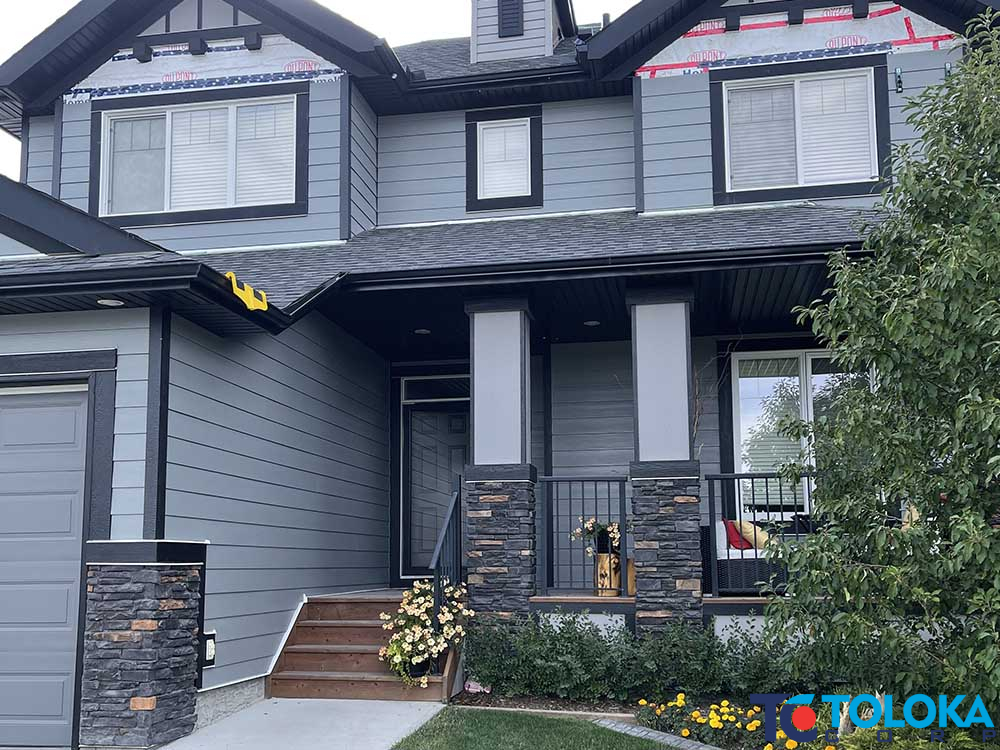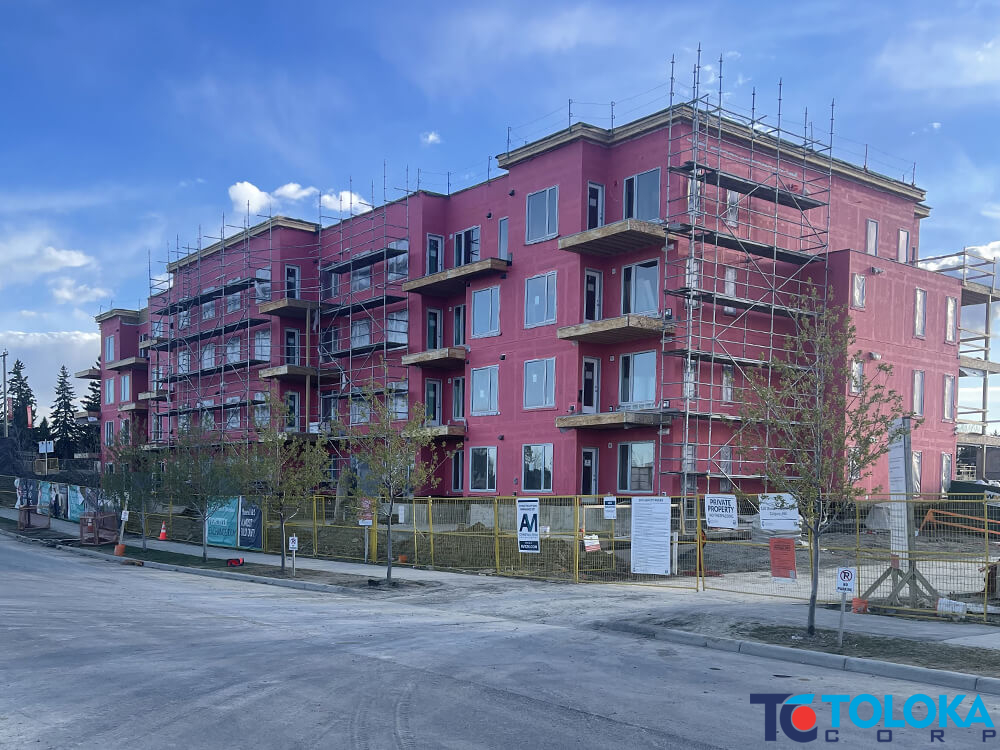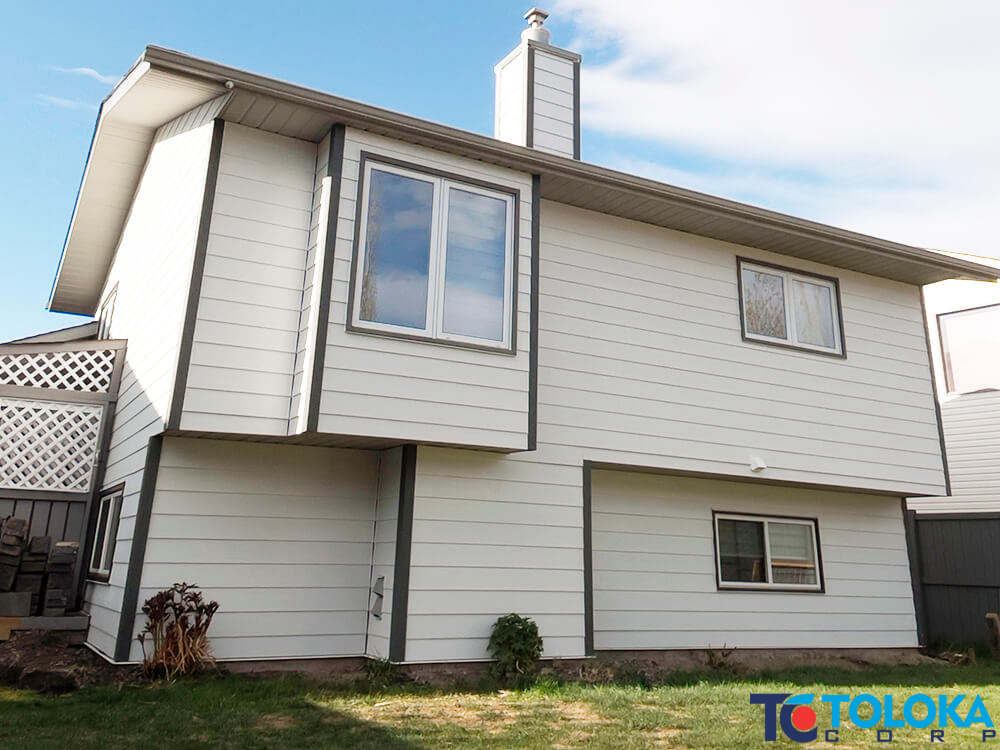The General Description Of Membrane Roofing
Moisture can ruin everything and cause many problems. To avoid water gathering on the roof, builders used to add a slope. Nowadays, there are better ways to protect your building from undesired water pooling. TOLOKA General Contractor&Builder would like to present you the membrane roofing. This is the roof type that will keep the level design of your house and provide you with solid moisture resistance.
Membrane roofing is installed on flat or almost flat roofs. It protects the underlayer of a building, keeping warmth inside, moving water off the top, and prevents flooding. When firstly manufactures, rubber membrane was a popular choice for commercial buildings. Modern membrane variants are established onto the residential properties as well.
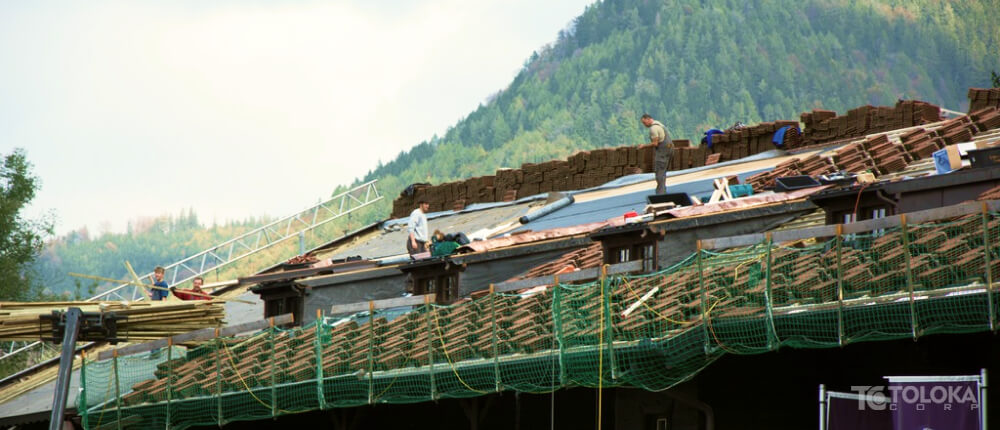
Single-Ply Roof Membrane: Meaning And Types
Single-layer or single-ply roofing consists of large thin sheets applied to the roof singularly. There is a variety of ways to attach this roofing membrane. For example, it’s possible to lay the ply and cover the surface with river rock ballast to hold it. This option requires a previous investigation of the roof supporting features. Another action is full adhesion of the membrane to the deck. Some membrane types have their seams heated.
There are two basic kinds of roof membrane:
- Thermoplastic membrane roofing
It has a soft structure that is hardened when heated. For stronger binds, a hardening action is conducted a couple of times. PVC roofing and TPO roofing are examples of thermoplastic membranes.
- Thermoset membrane roofing
Only seaming with adhesives is applied for this membrane roof. The most used variant is EDPM, but there are others like PIB, CSPE, ECH, CR.
It’s also significant to describe the most popular types of roofing membranes:
- Ethylene propylene diene monomer rubber (EPDM)
Generally, people talking about membrane roofs mean EPDM membrane. There are two color options: carbon black (that prevents UV degradation) and white (which reflects UV rays). EPDM roofing can be reinforced or non-reinforced. Concerning the installation process, membranes can be fully adhered, mechanically fastened, or ballasted. Seams of EPDM rubber roofing are set still and sealed with liquid adhesive or tapes.
- Thermoplastic polyolefin (TPO)
The TPO membrane is white and looks precisely like rubber. Reinforced and non-reinforced appearances are sold on the market. This is a thin material, and nails or glue are used to attach it to the roof. Seams are heat welded.
- Polyvinyl Chloride (PVC)
Manufacturers offer white and light gray tones of PVC membrane. This type can also be reinforced or non-reinforced. Variants of attaching are the same as of EPDM membrane: fully adhered, mechanically fastened, or ballasted. Seams are hot-sealed or chemically welded. PVC roofs can prevent root penetration and bacterial growth when installed under any of the green roof types.
- Ketone Ethylene Ester (KEE)
It possesses standard features of PVC rubber membrane. However, they are reinforced only and have more colors.
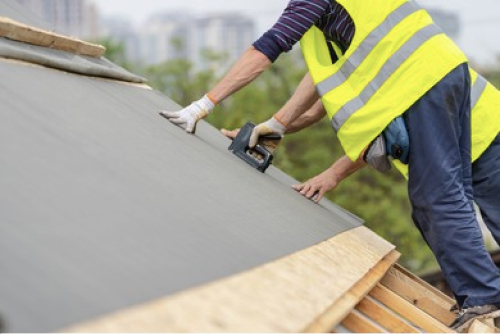
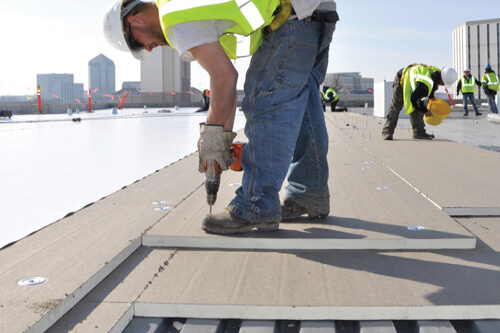
The Pros And Cons Of Membrane Roofing
The Pros Of Membrane Roofing
- Simple and inexpensive repairs
- Lightweight
- Rare leaks
- Energy efficient
The Cons Of Membrane Roofing
- If pipe installation is required, it’s a costly issue
- Marks can be left by falling branches, foot traffic, or storm damage.
- Sealed seams may leak
Do you hesitate what to choose?
Our consultant will answer all your questions, just send your contacts and we will call you within 20 minutes. Or send your questions to our e-mail.
GET A FREE CONSULTATION
Modified Bituminous Membrane Roofing
Apart from EPDM rubber roofing, there is one more recognizable membrane type, Modified Bitumen. This membrane is more robust, more flexible, more heat resistant, thanks to polymer additives. Unlike singly-ply roofs, modified bitumen is installed in two or three layers. For surface coating, manufacturers use adhered minerals, laminated metals, liquid coatings, aggregates. All layers are applied with heat.
There are two variations of modified bituminous membranes:
- Styrene-Butadiene Styrene (SBS)
This rubber membrane can be sticky during hot temperatures. More color variation is available compared to other membrane types. Installers use granules to make the surface rough. A smooth look is possible as well. SBS differs from other membranes, as it’s applied either cold or with heat.
- Atactic Polypropylene (APP)
Our contractors offer numerous colors and textures of APP membrane. The content is similar to SBS. However, APP should be applied with high heat that makes it look like waxy liquid during installation.
The Pros And Cons Of Modified Bitumin
The Modified Bitumen Pros
- Accurate and simple installation
- More elastic and flexible at low temperatures
- Better durability
The Modified Bitumen Cons
- An open flame is required for some installation techniques
- Fewer aesthetics
Portfolio
GET IN TOUCH
Contact Us



